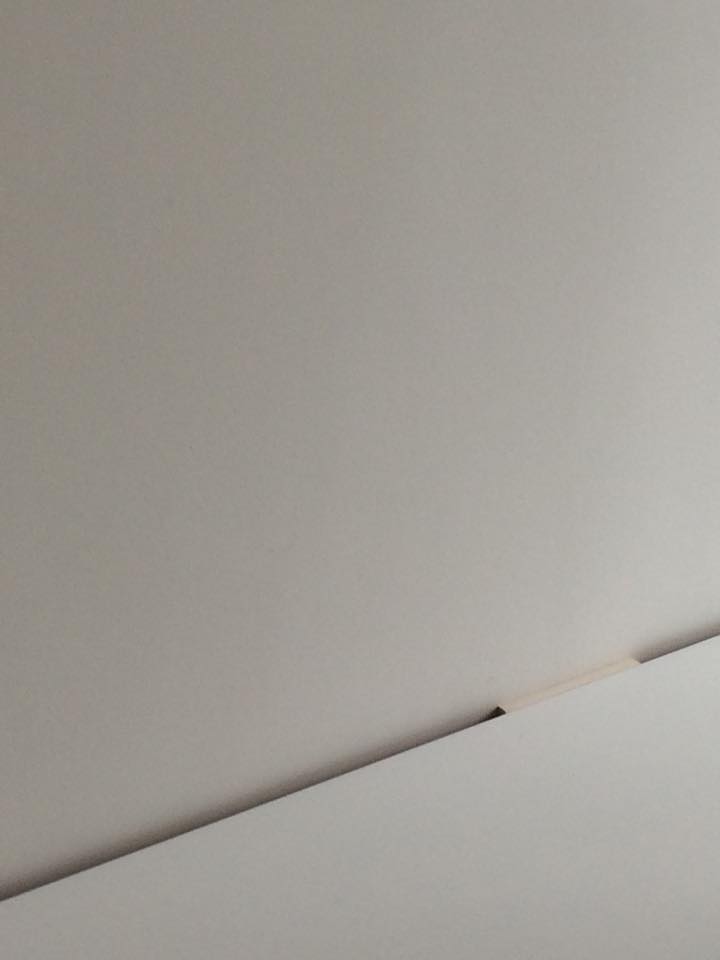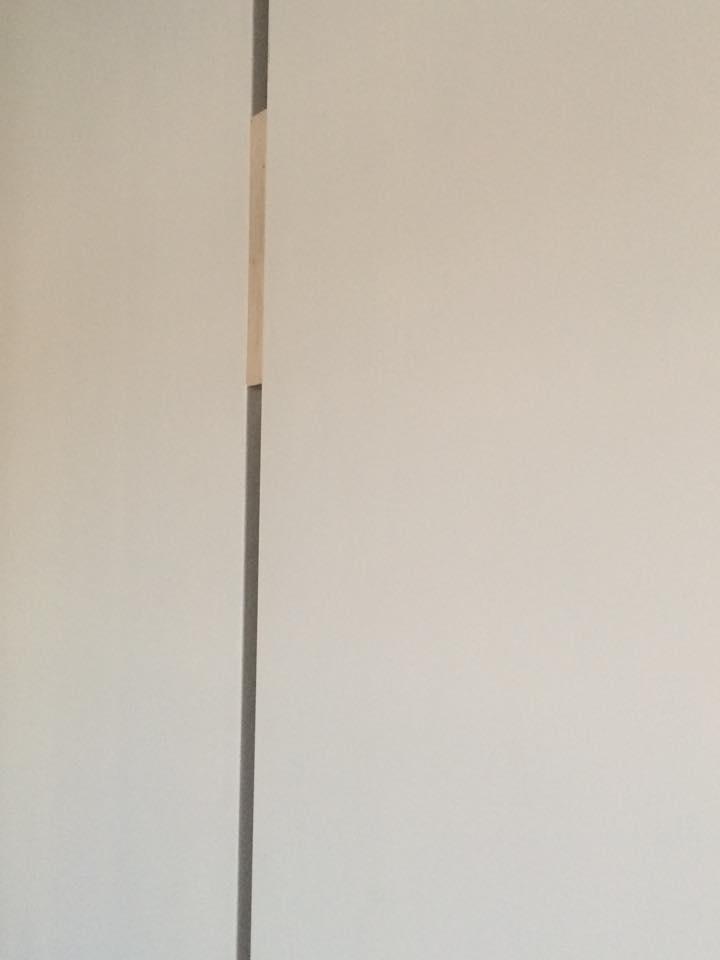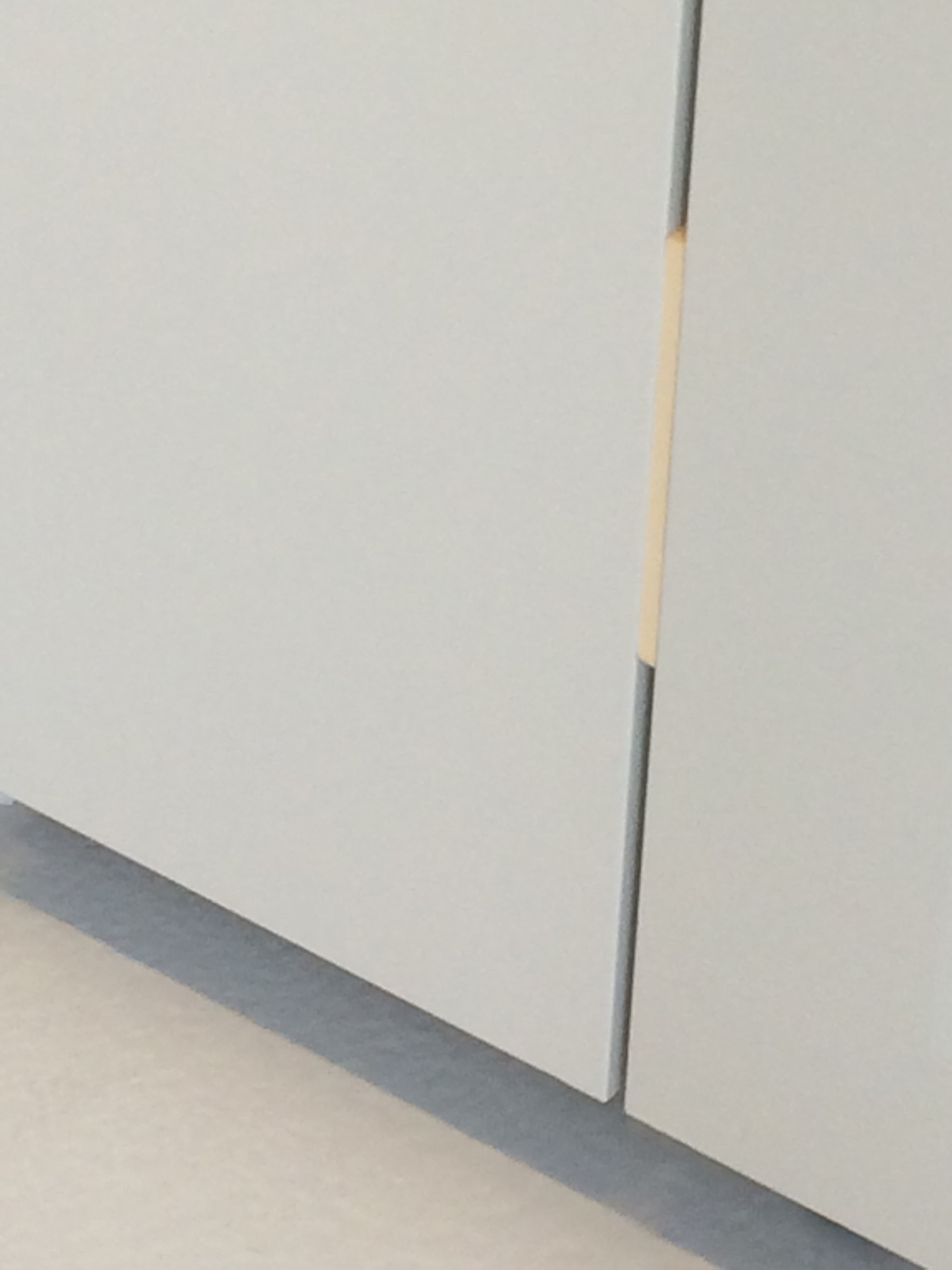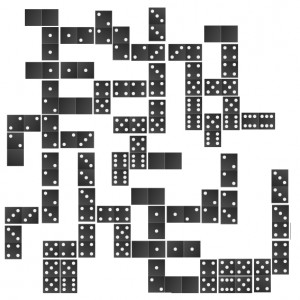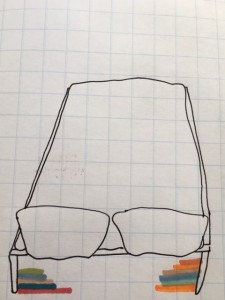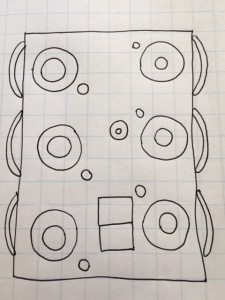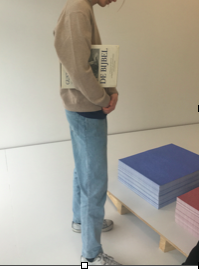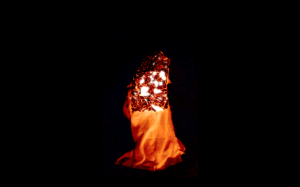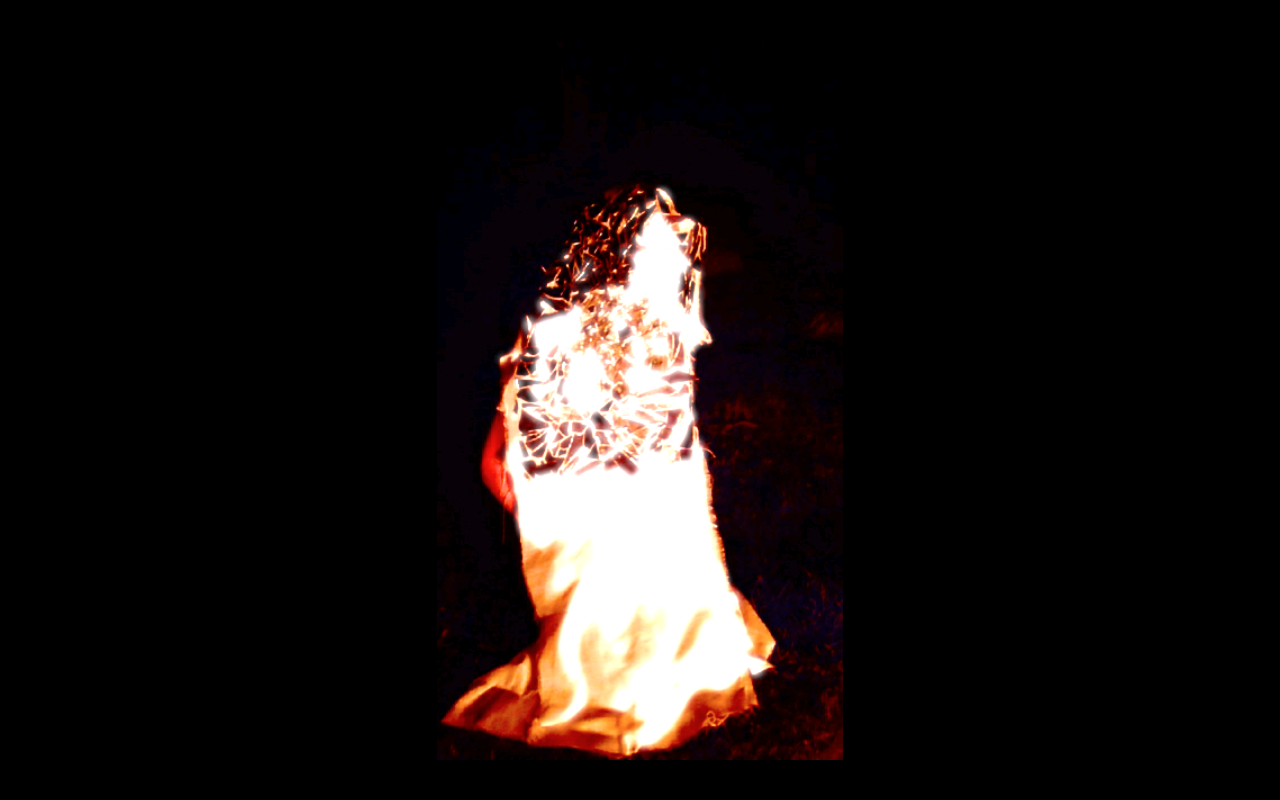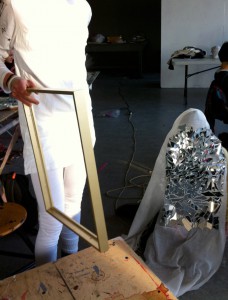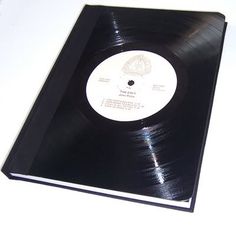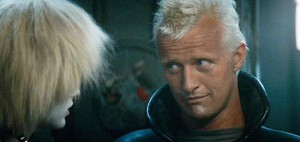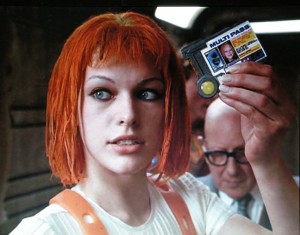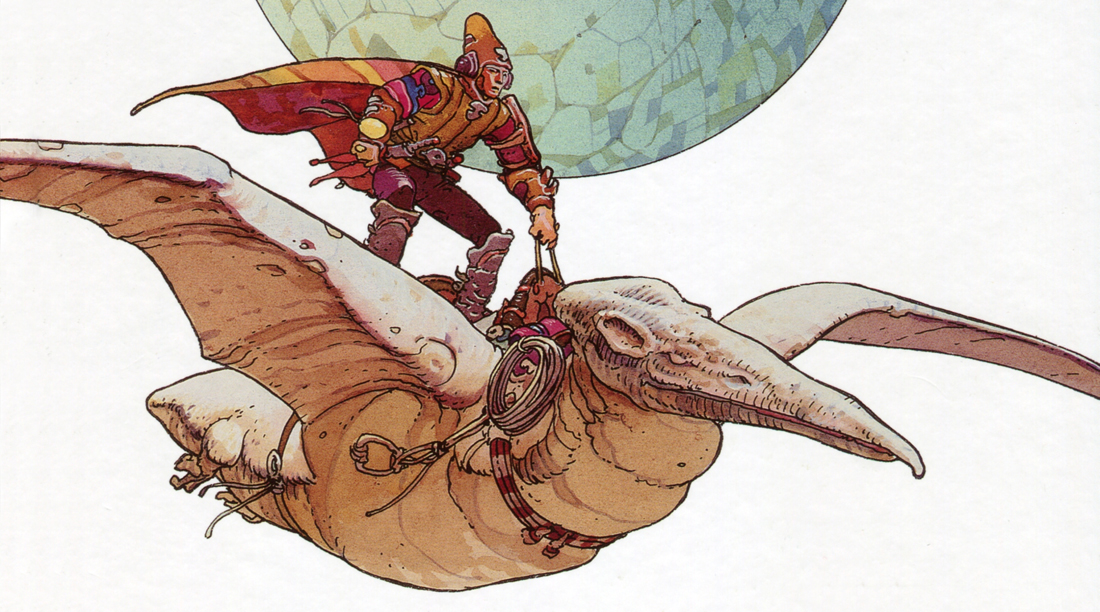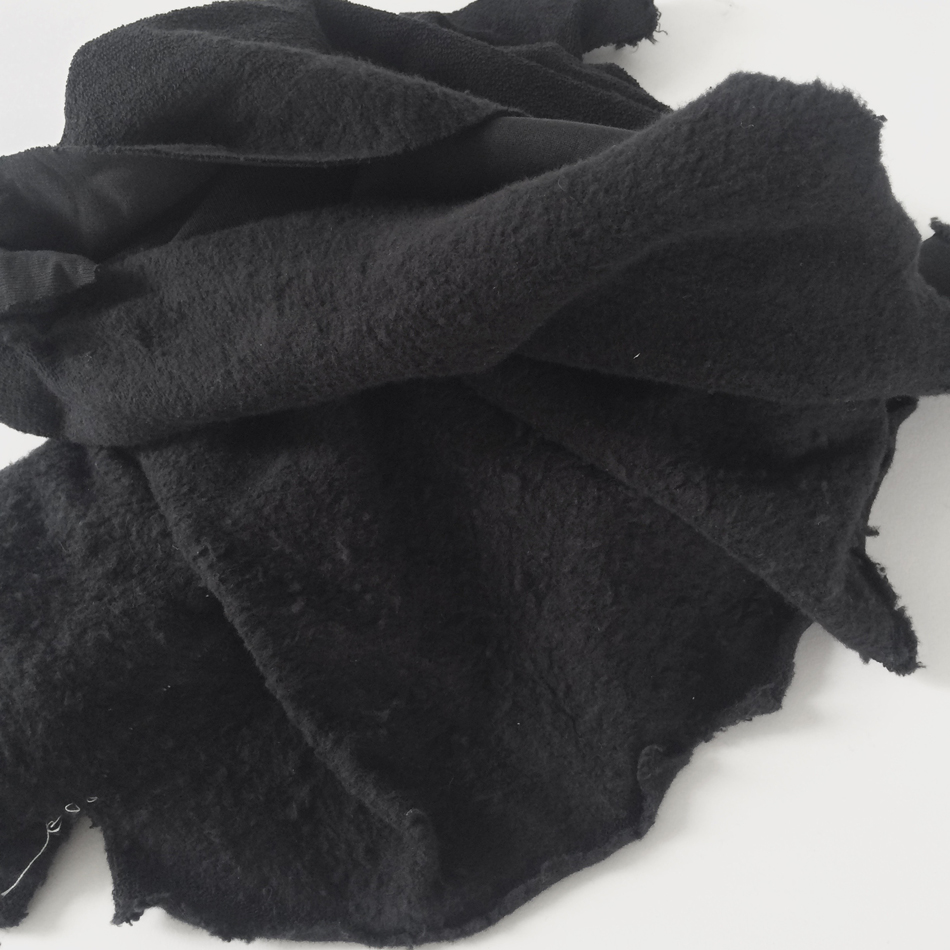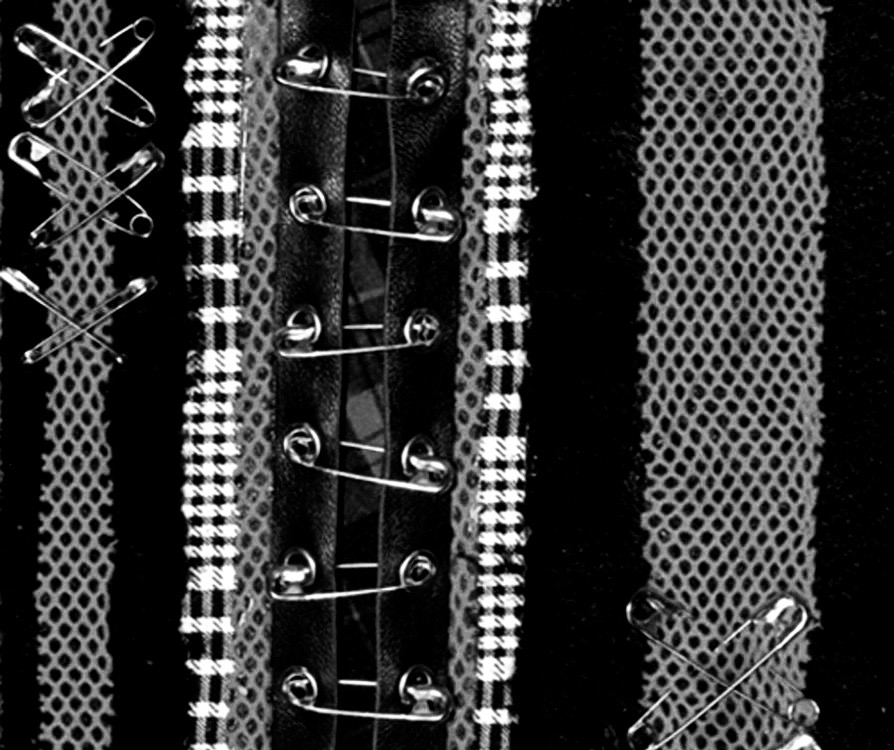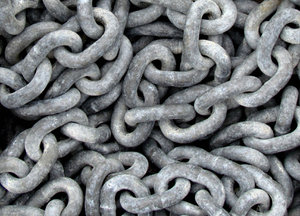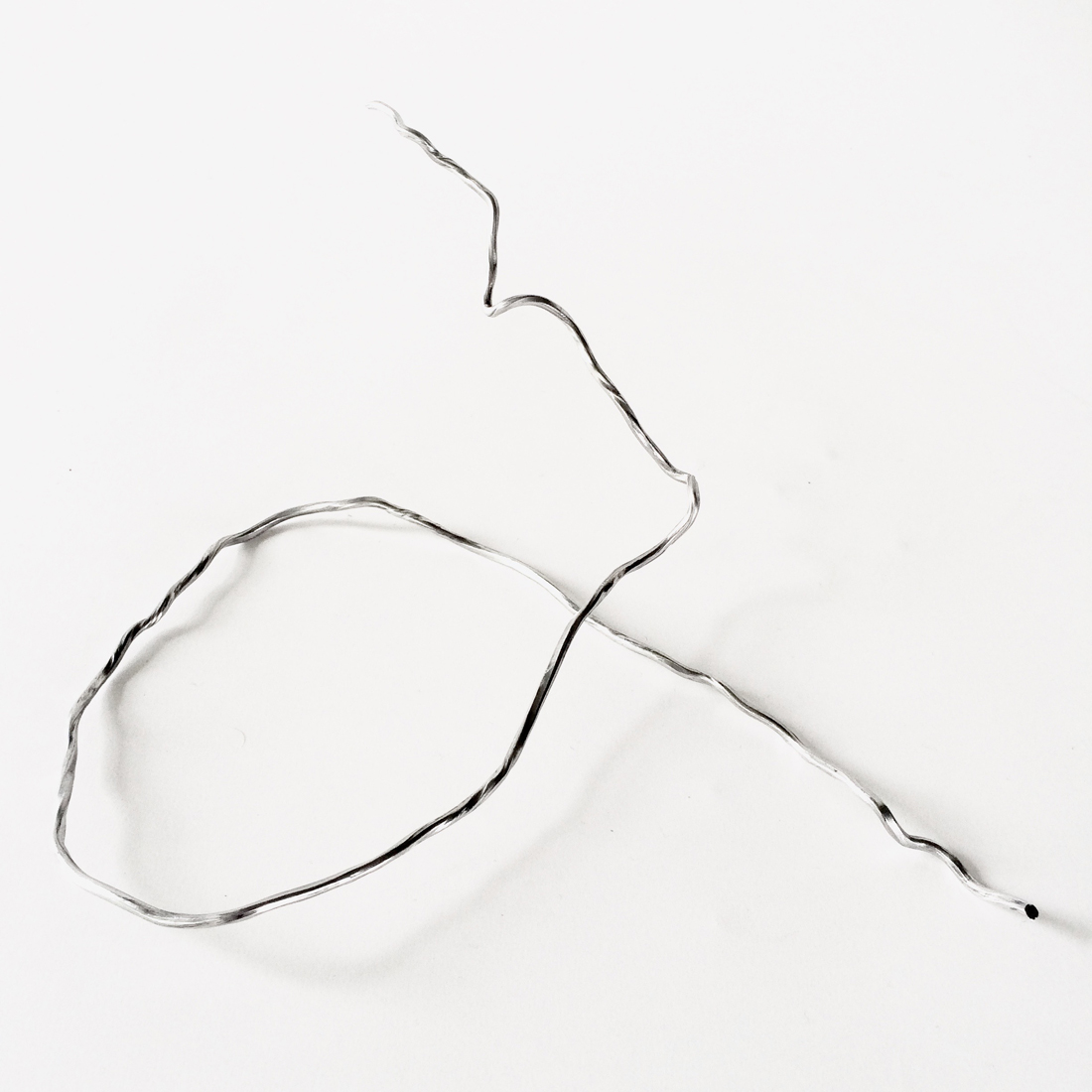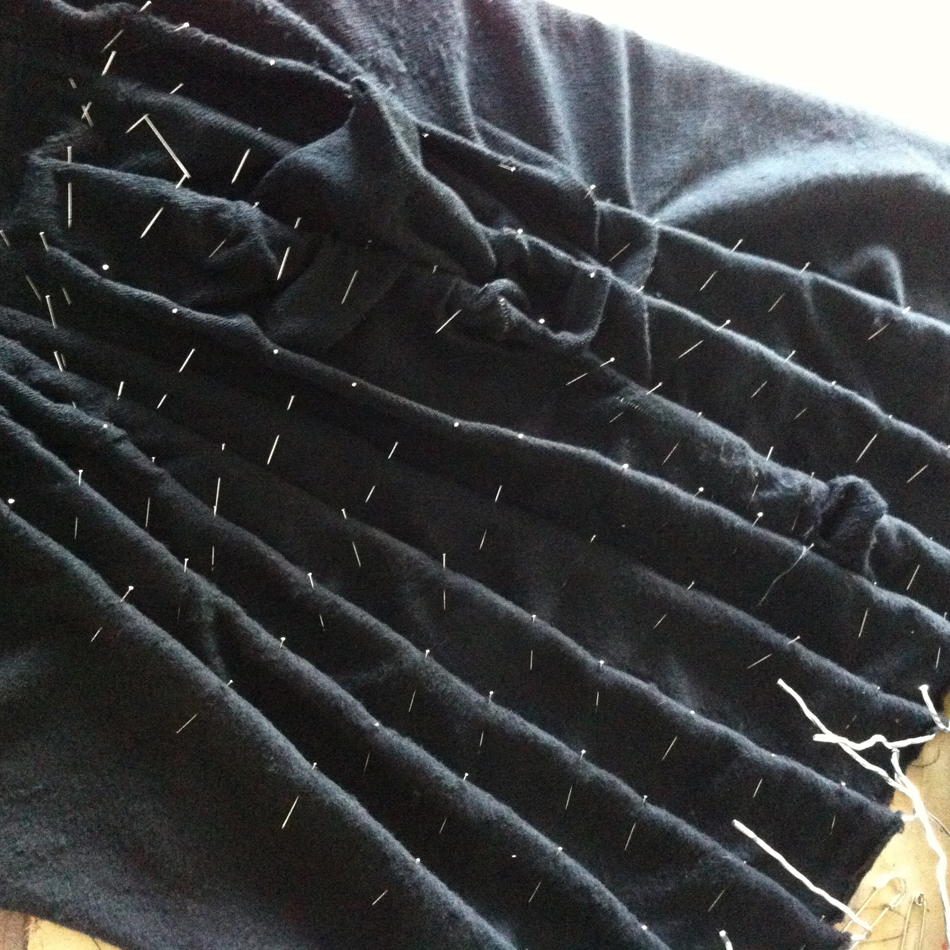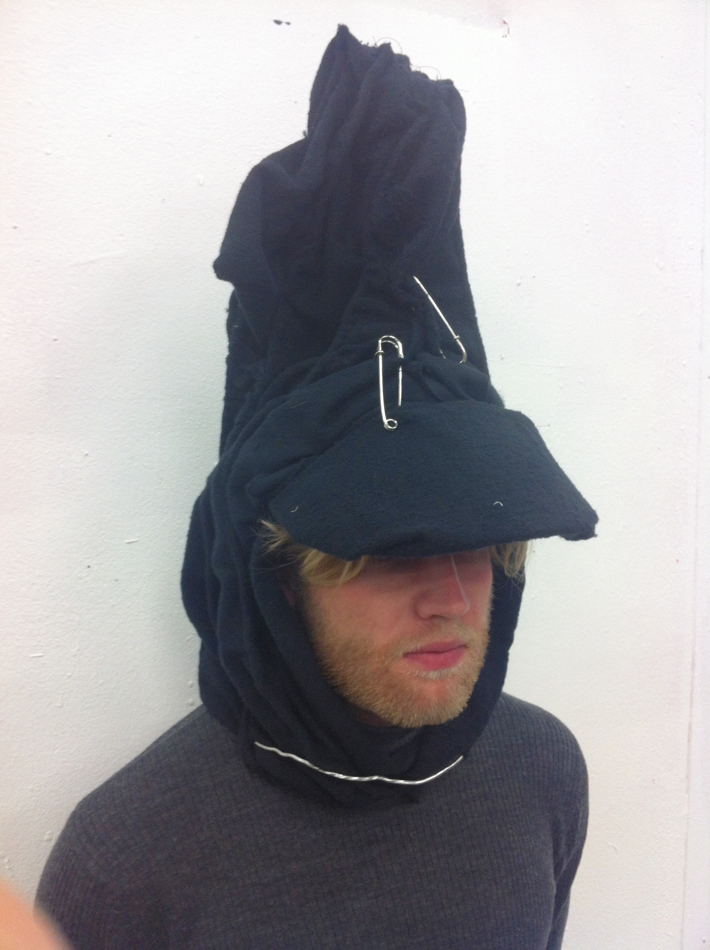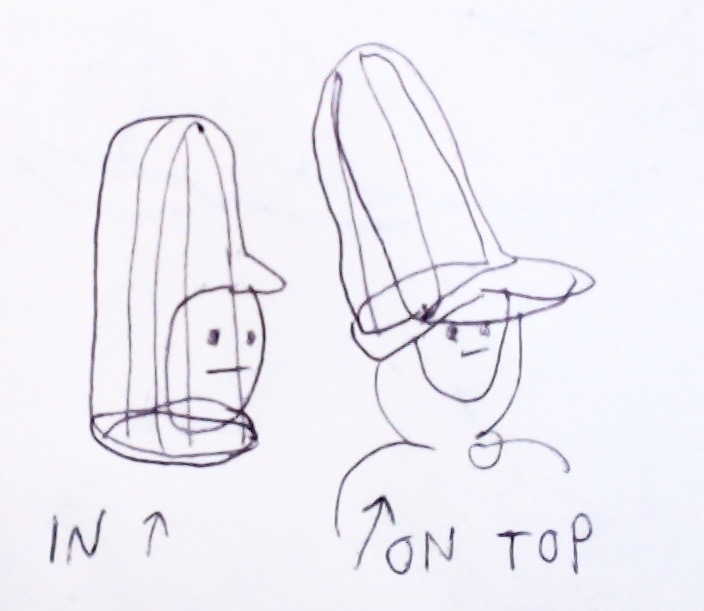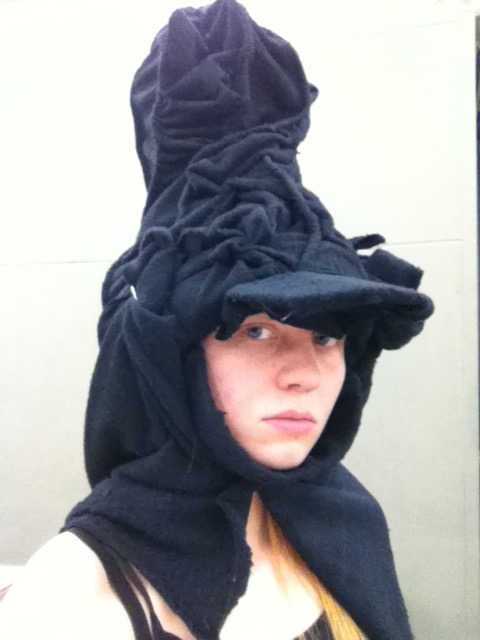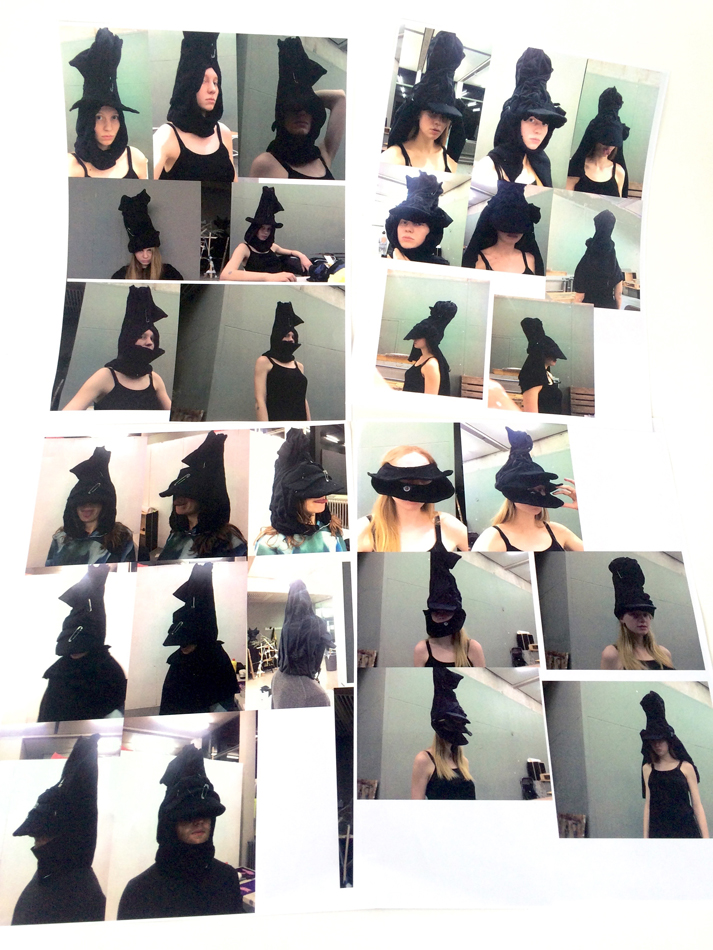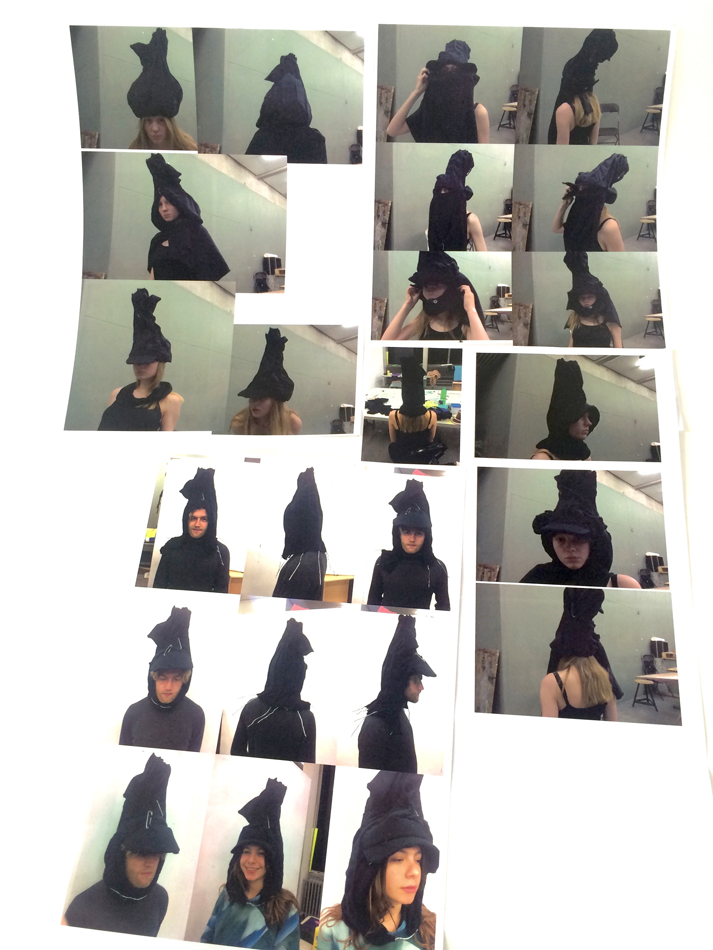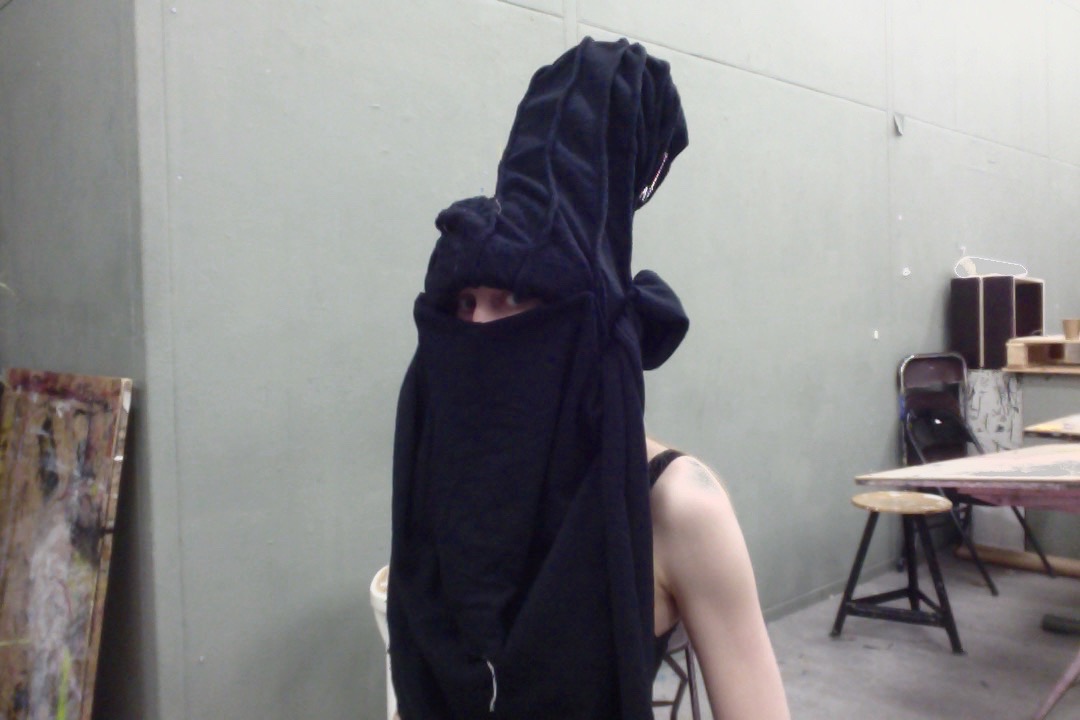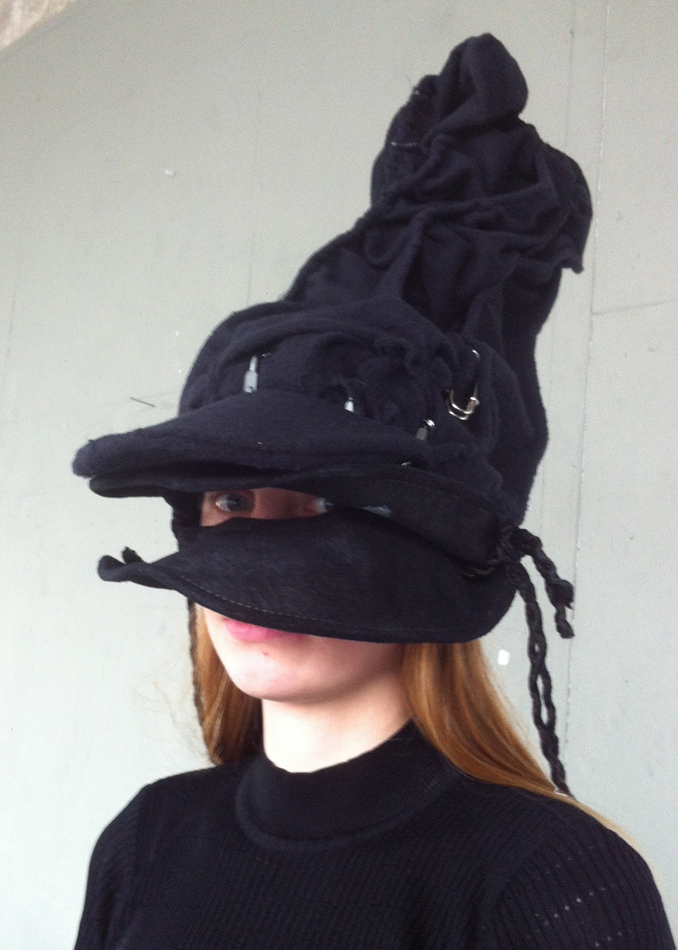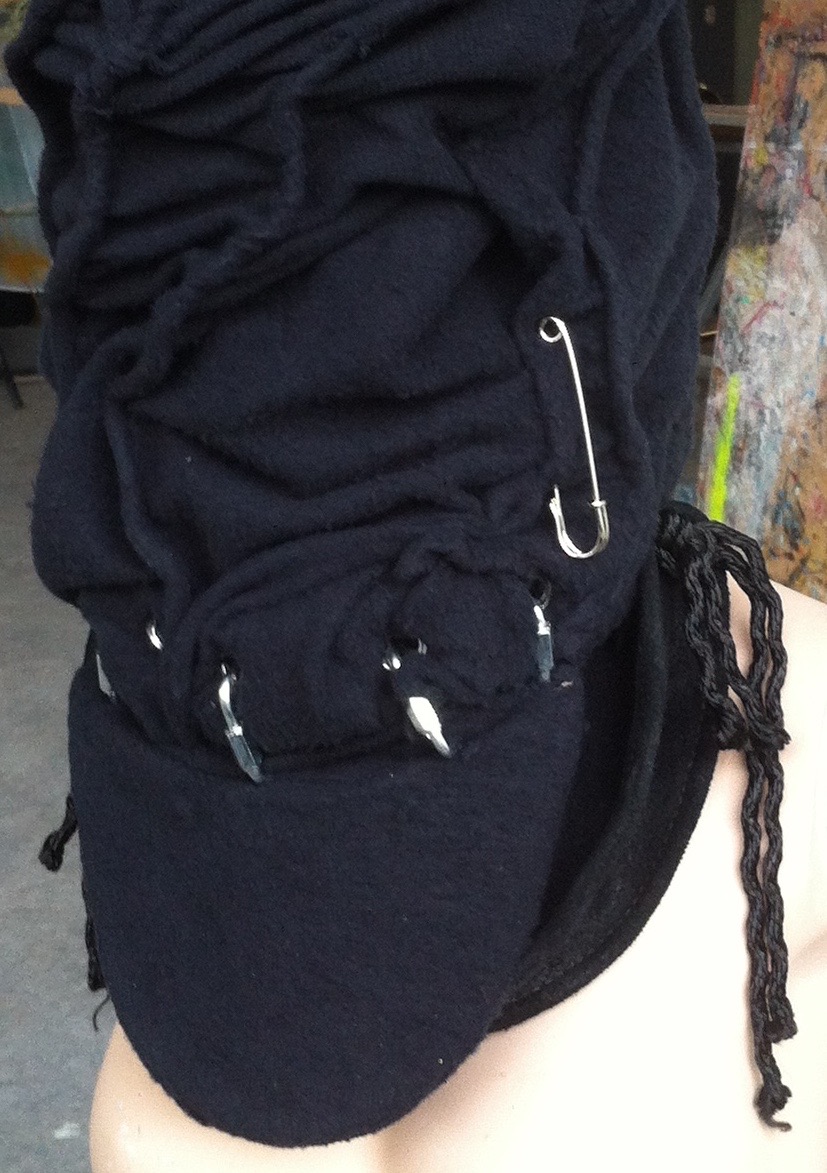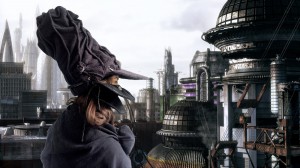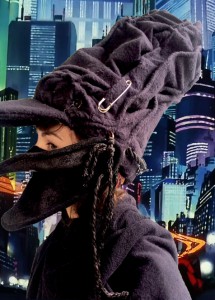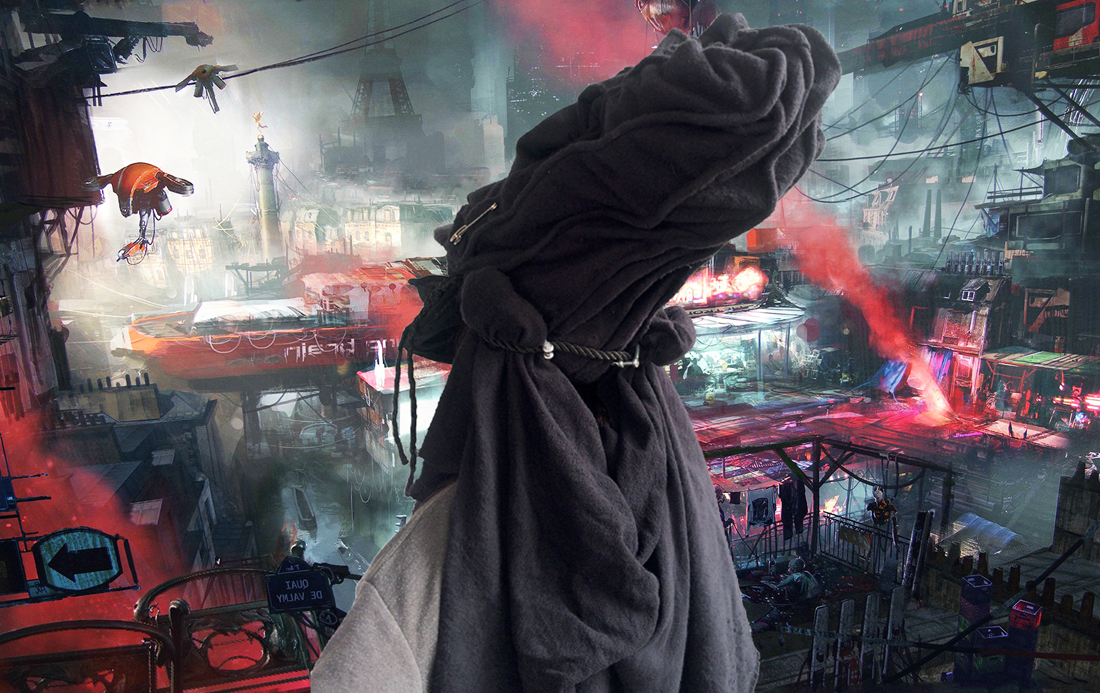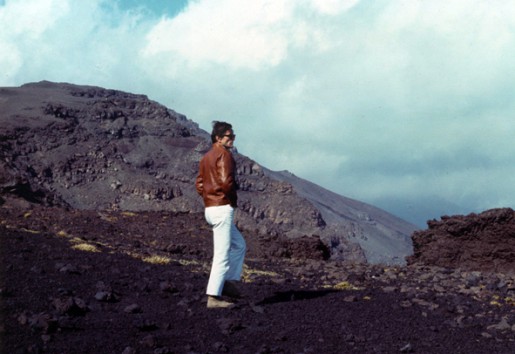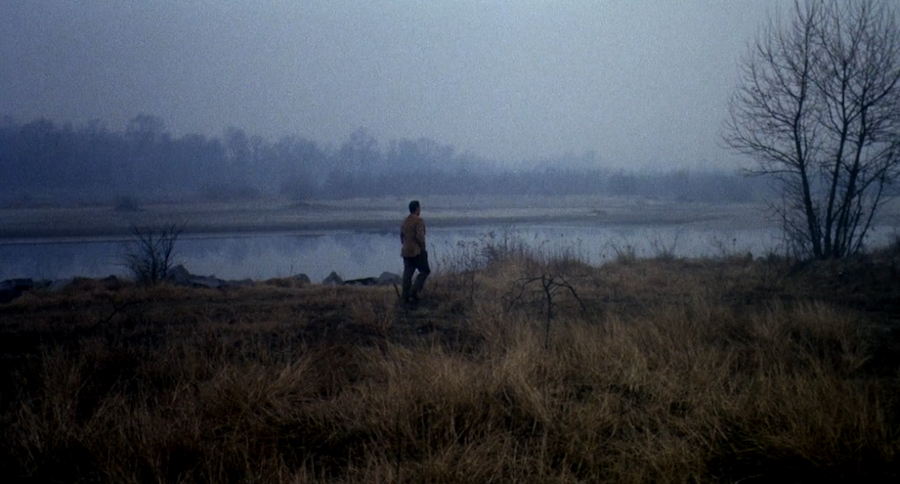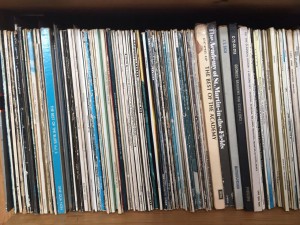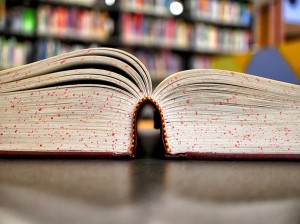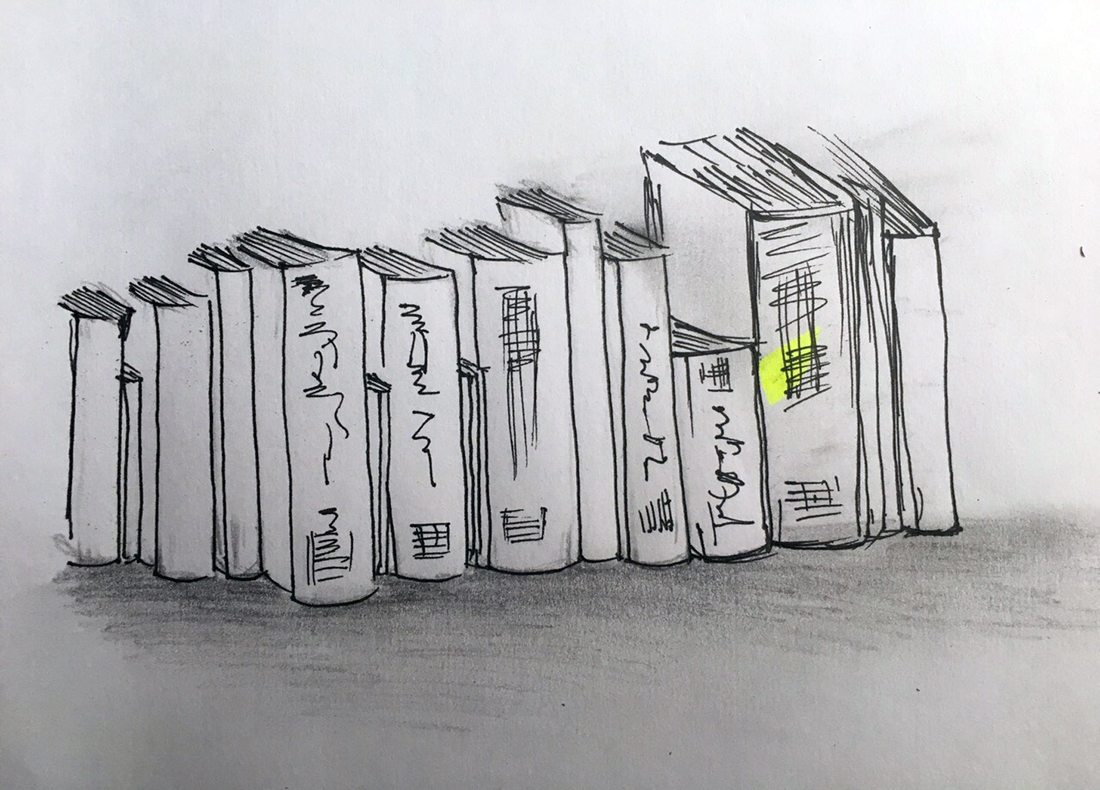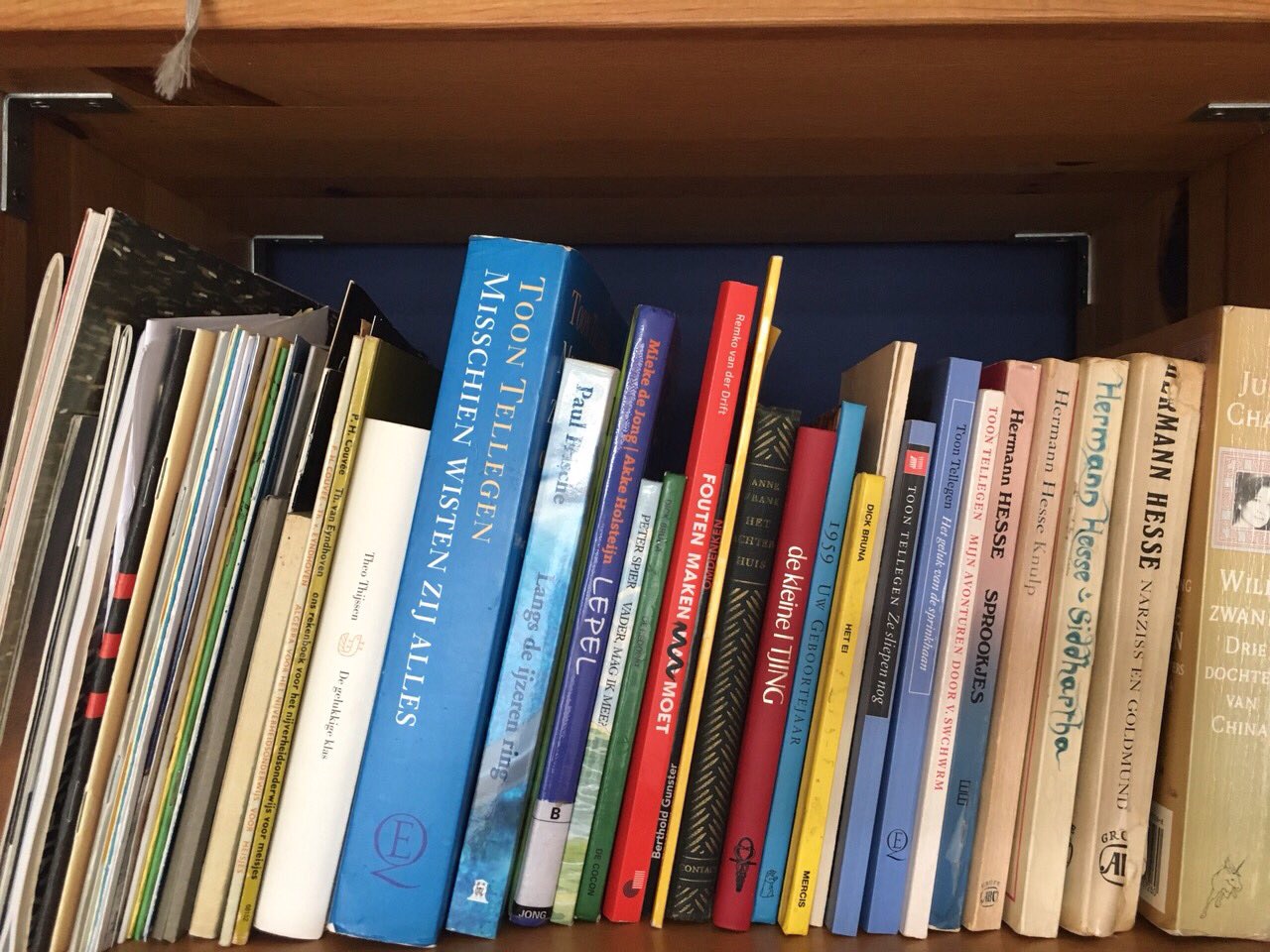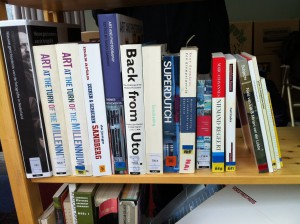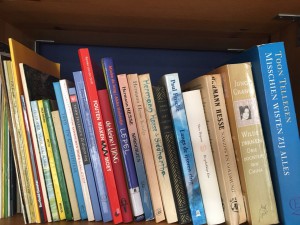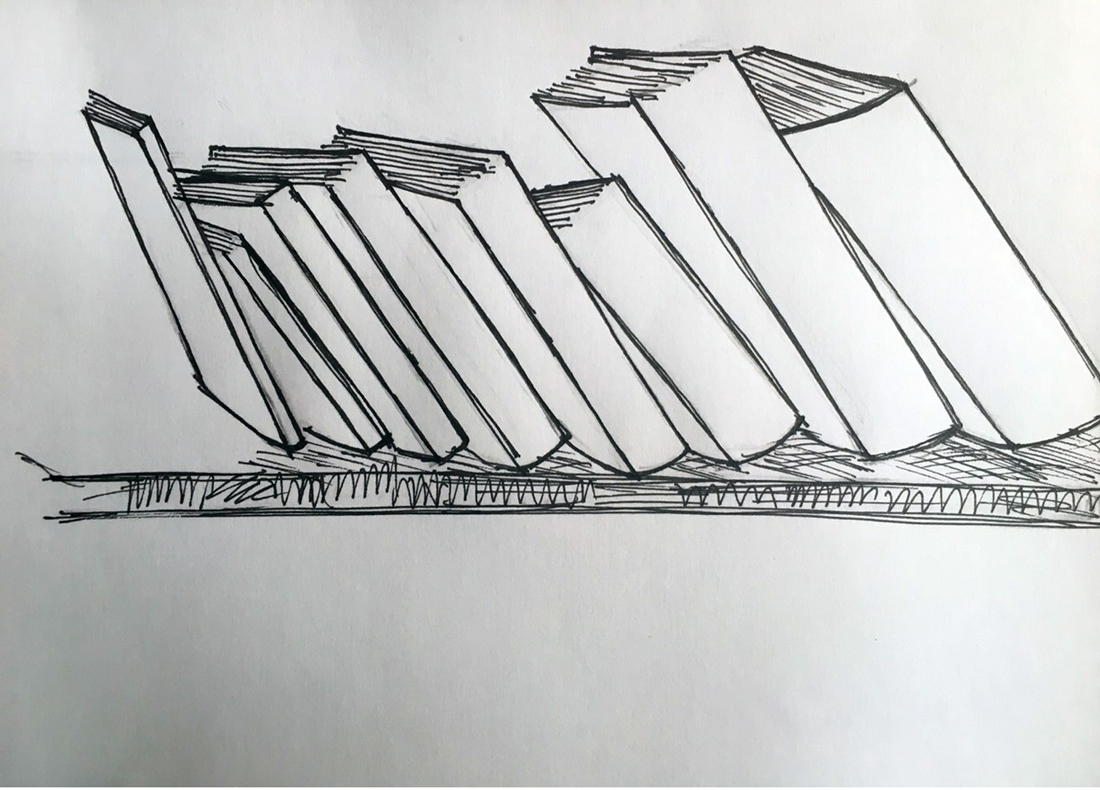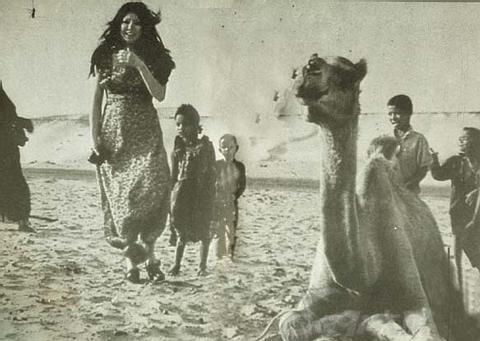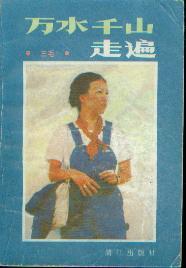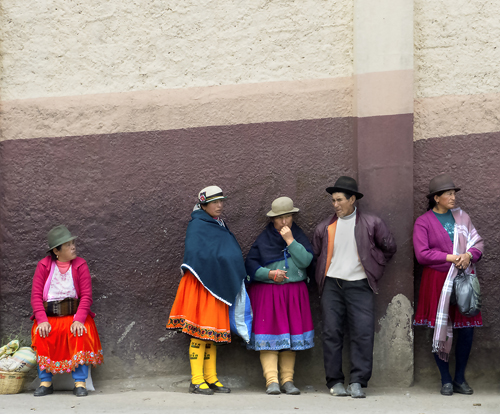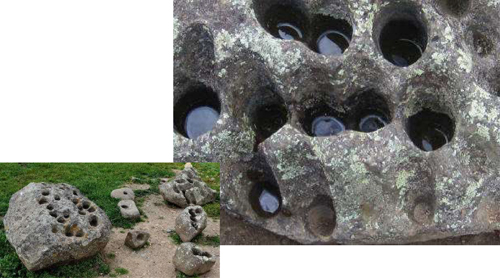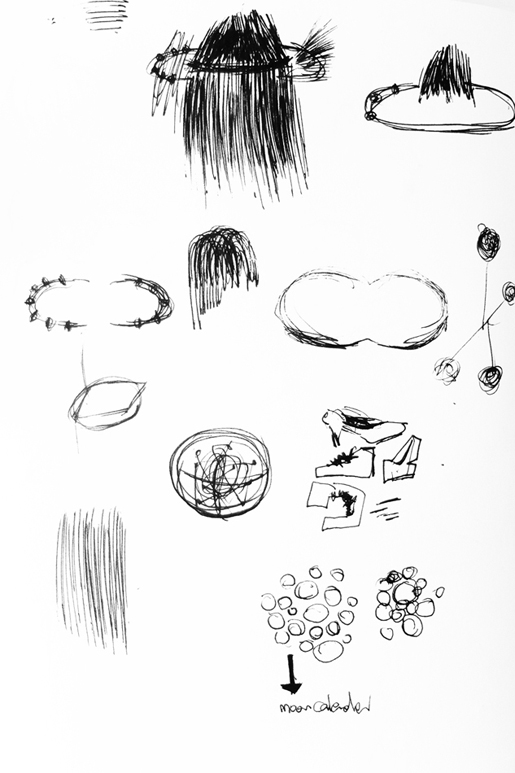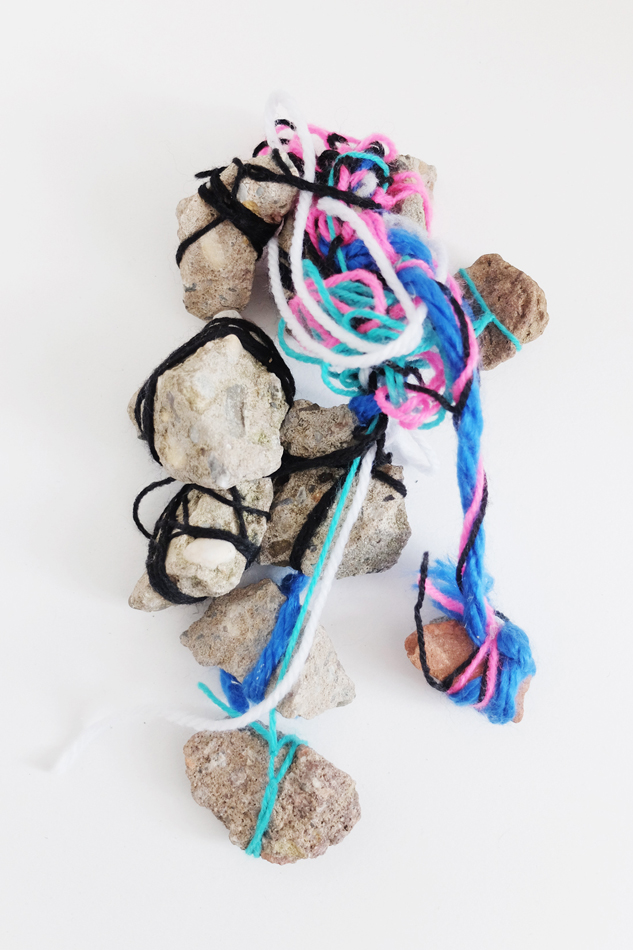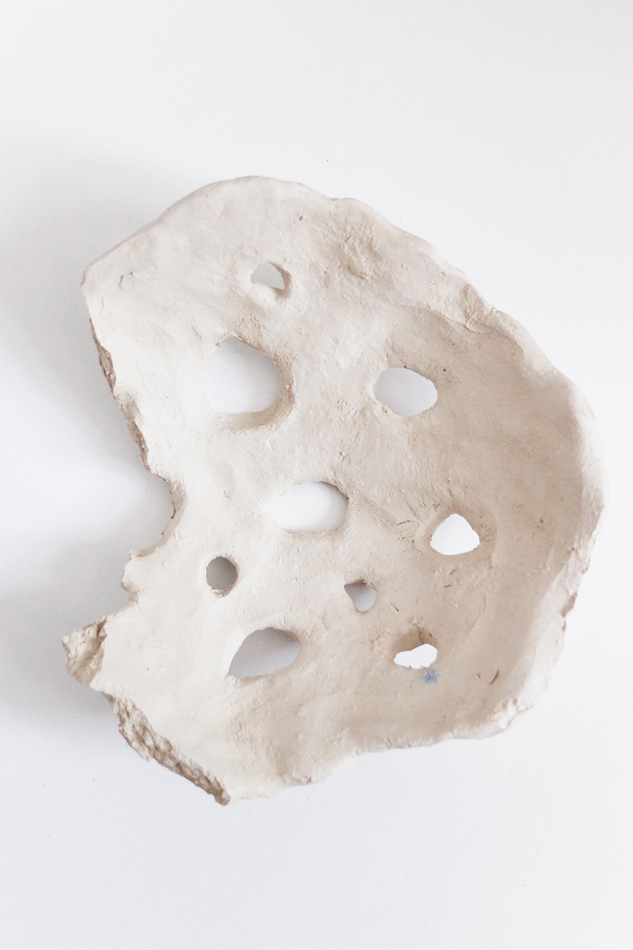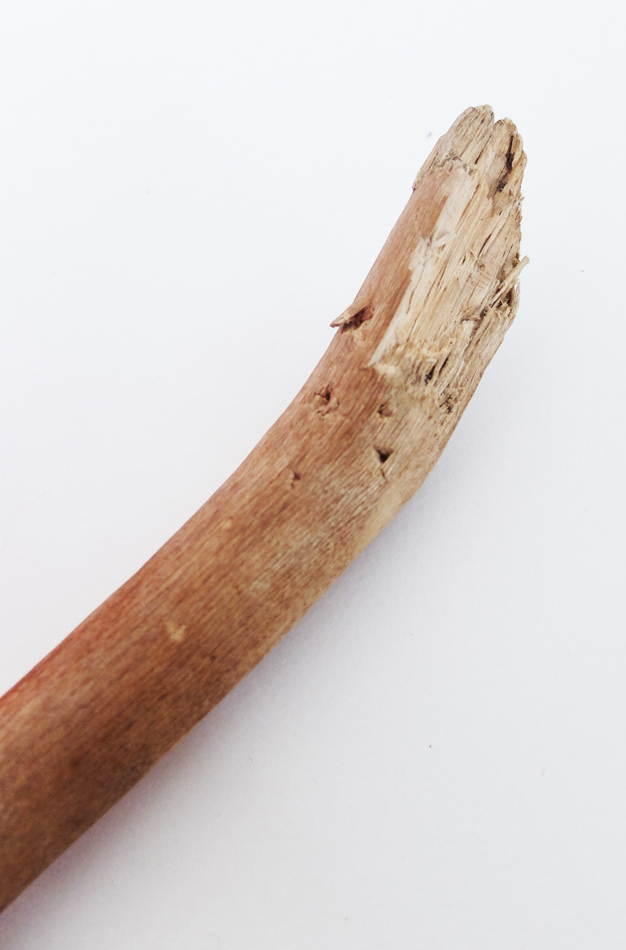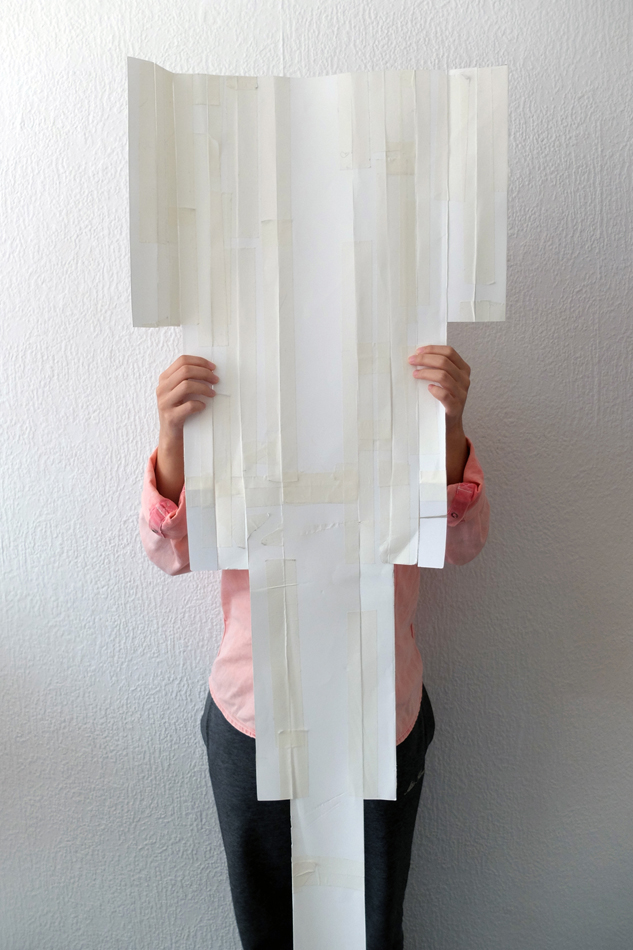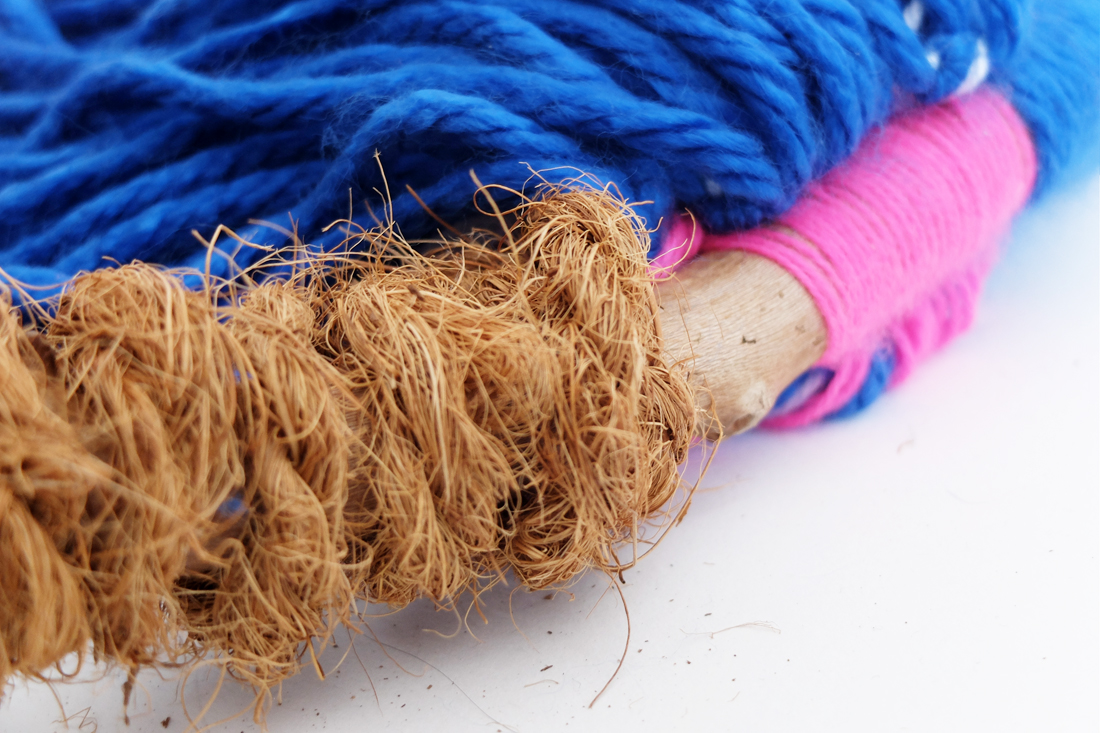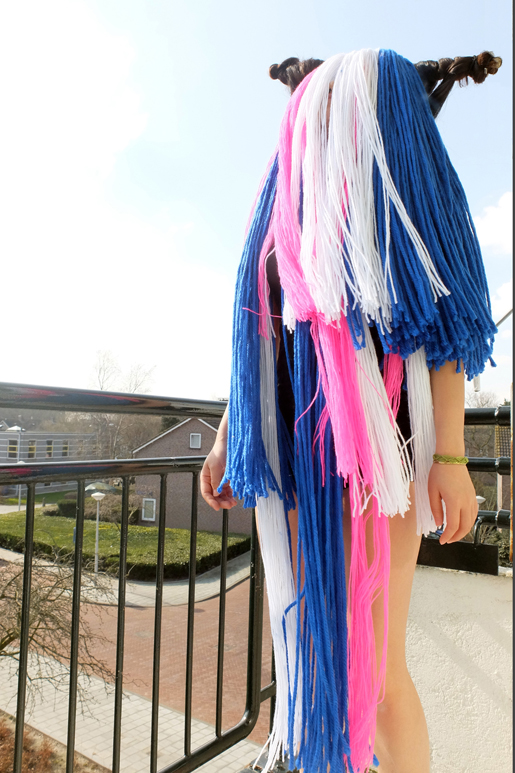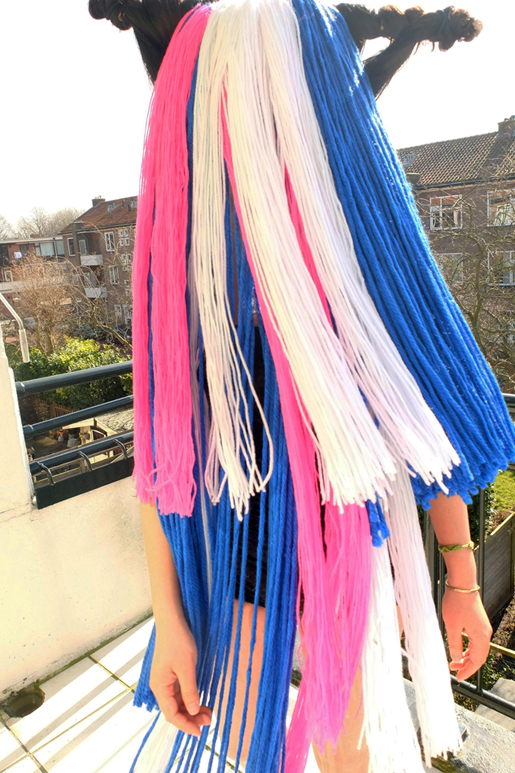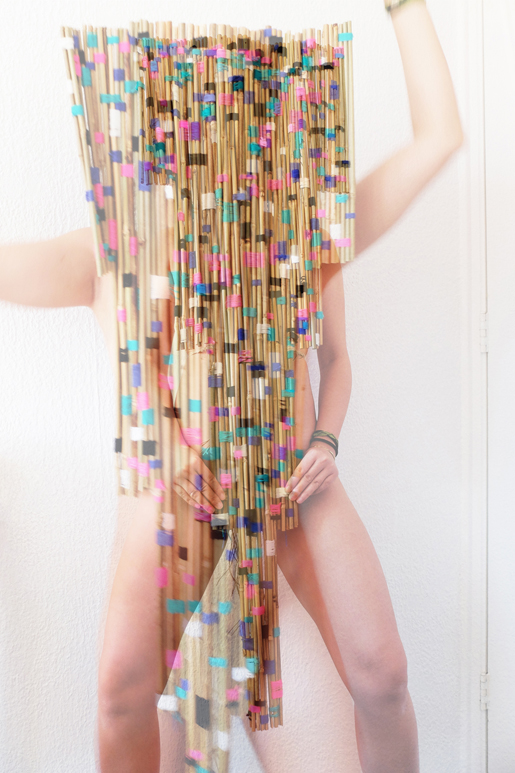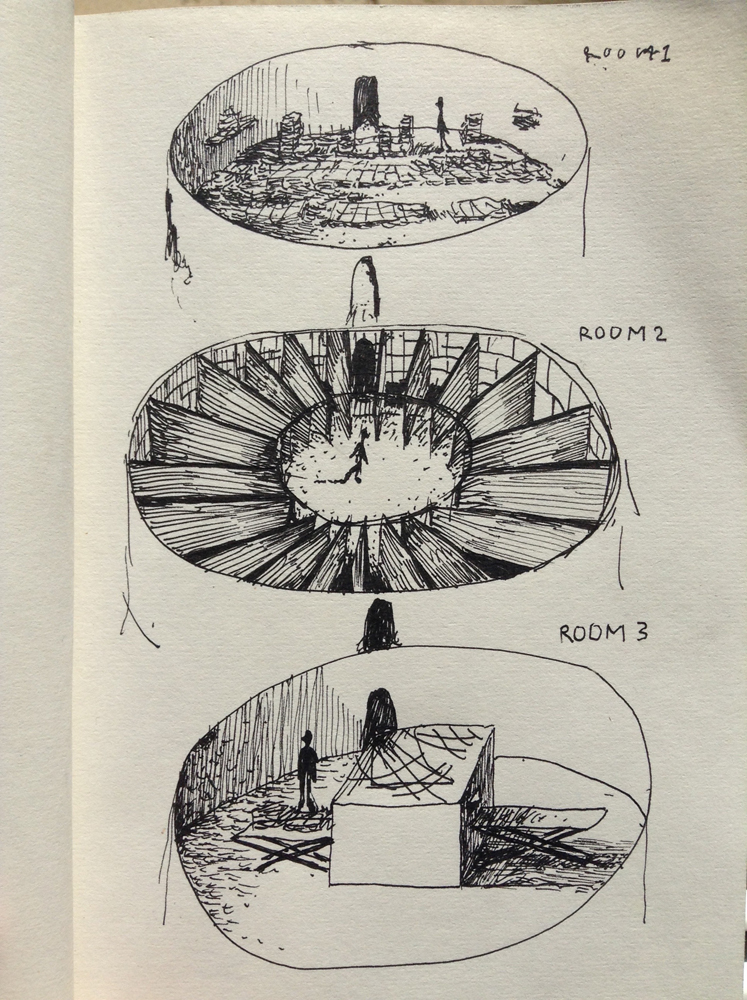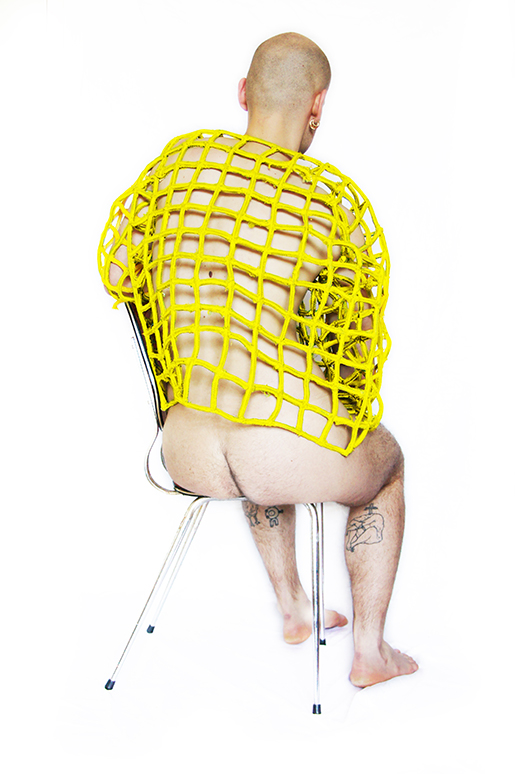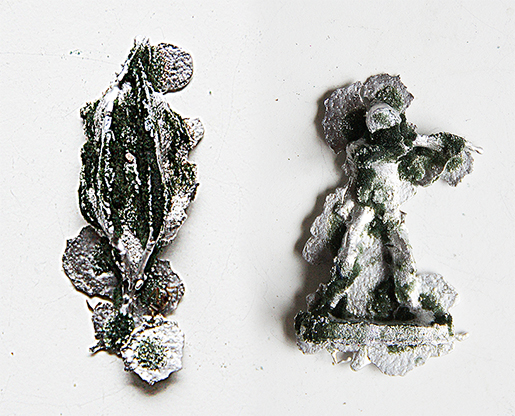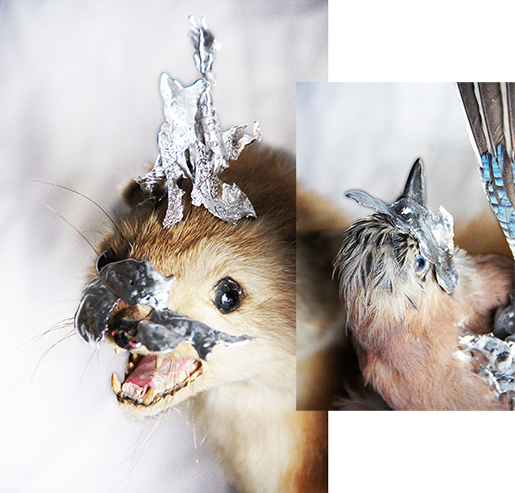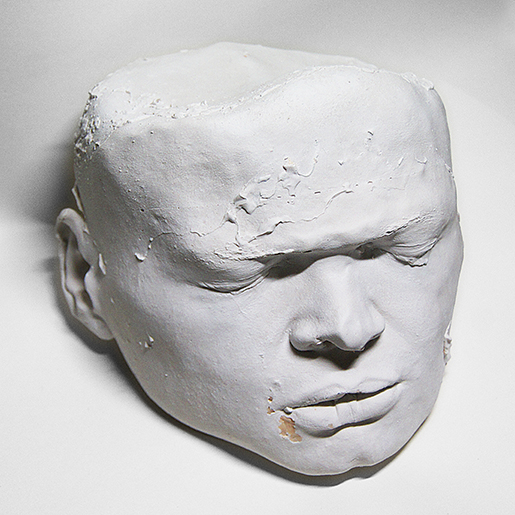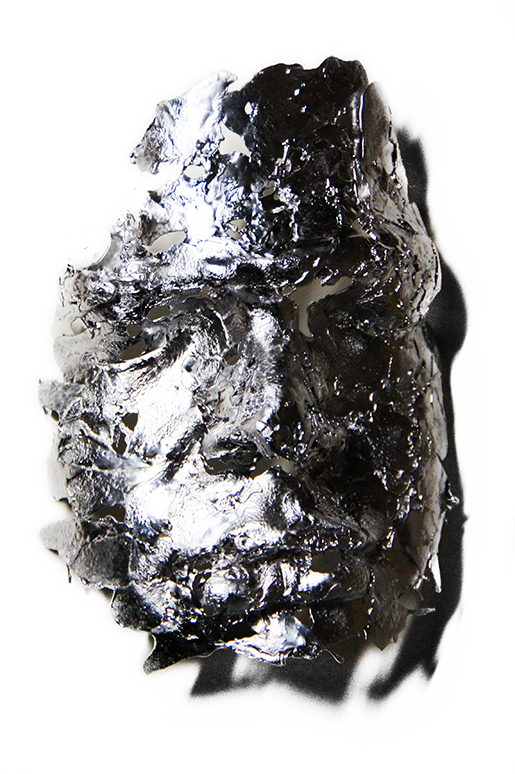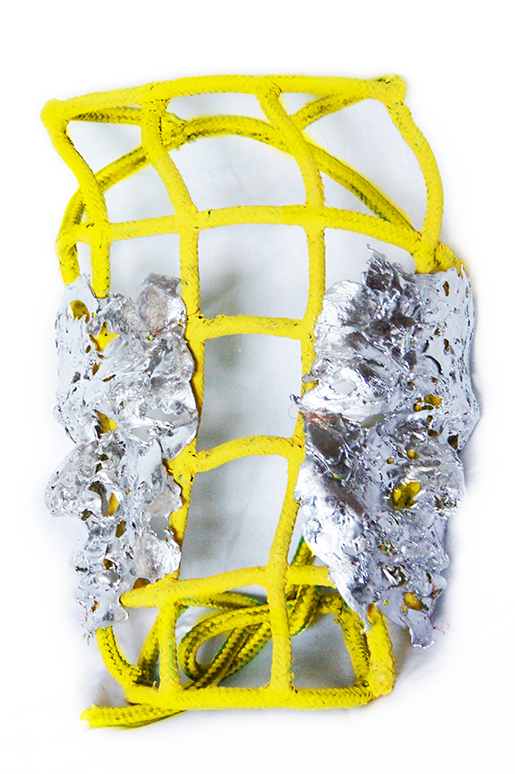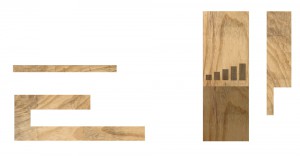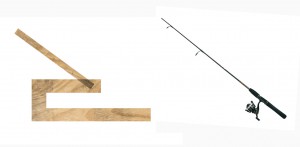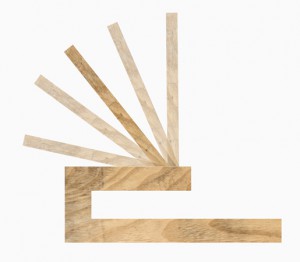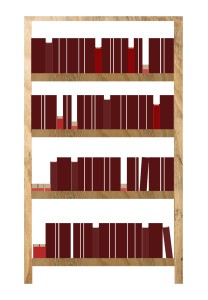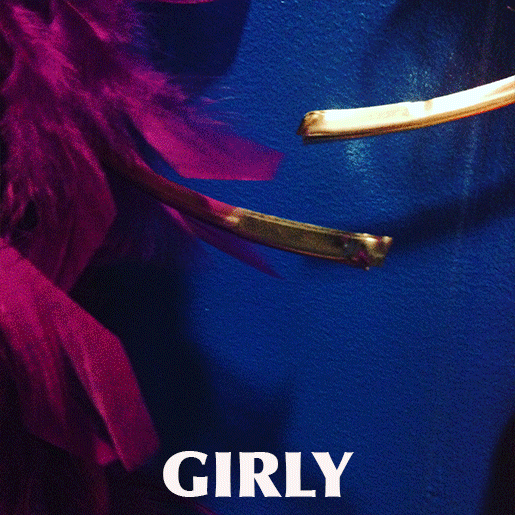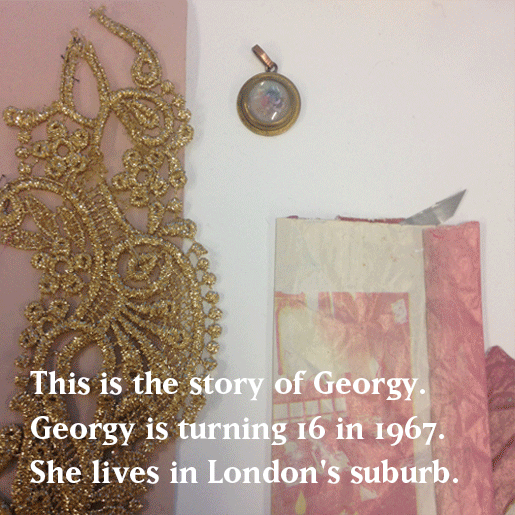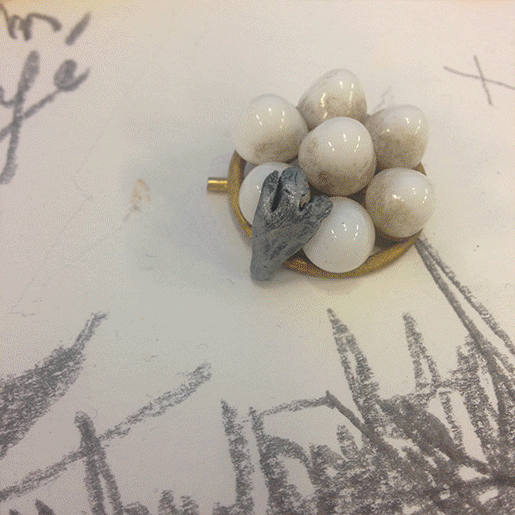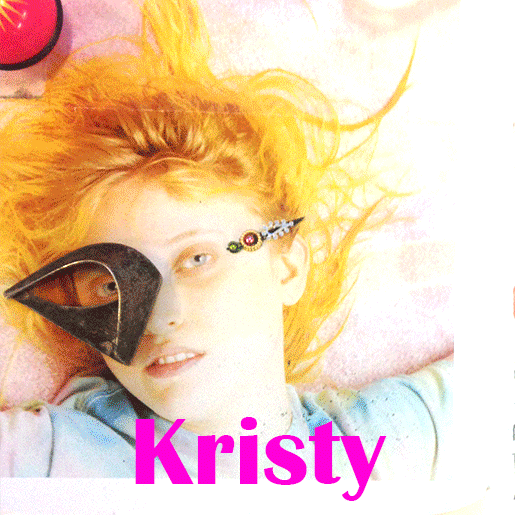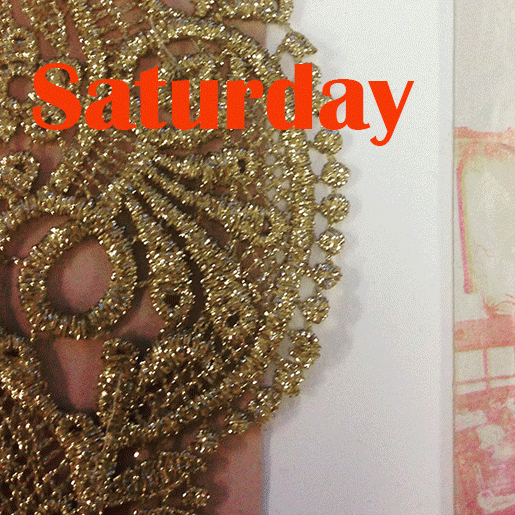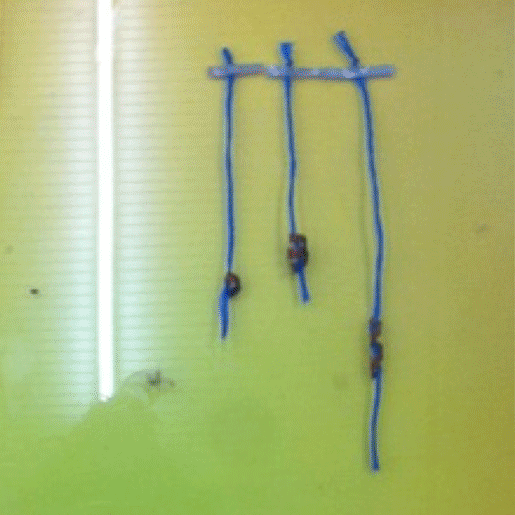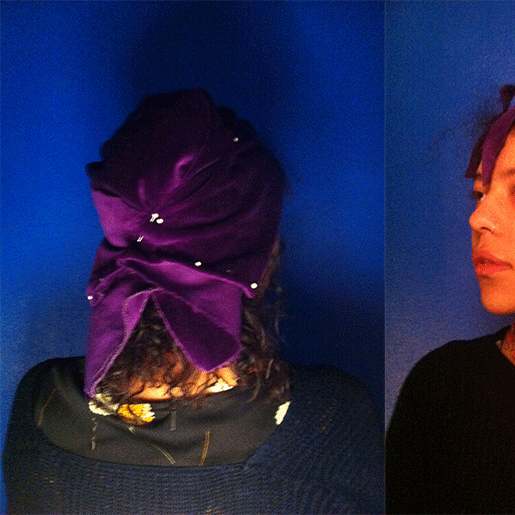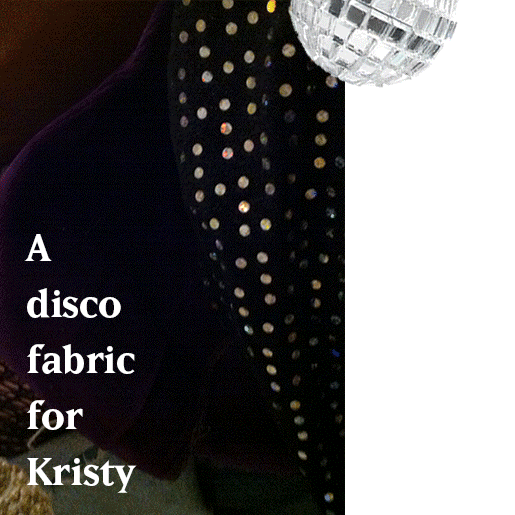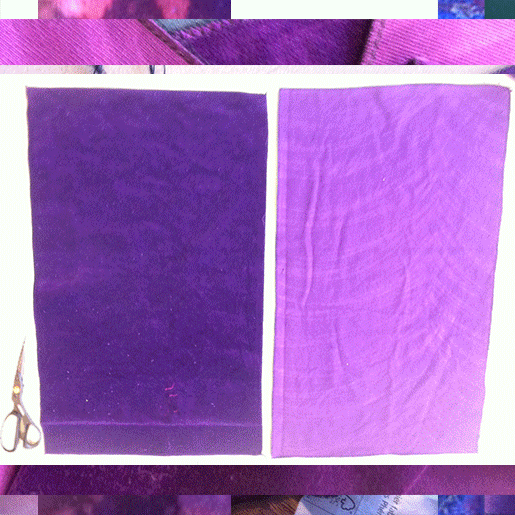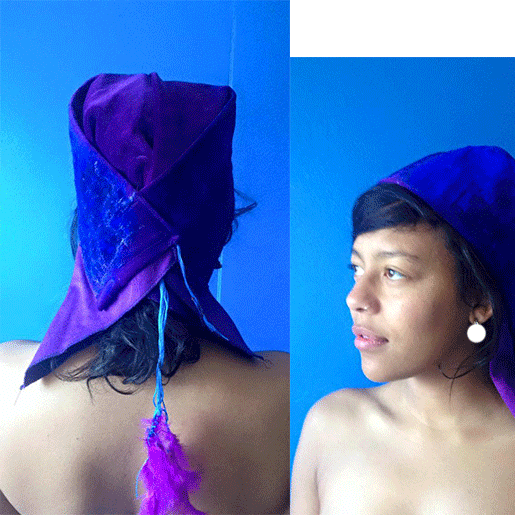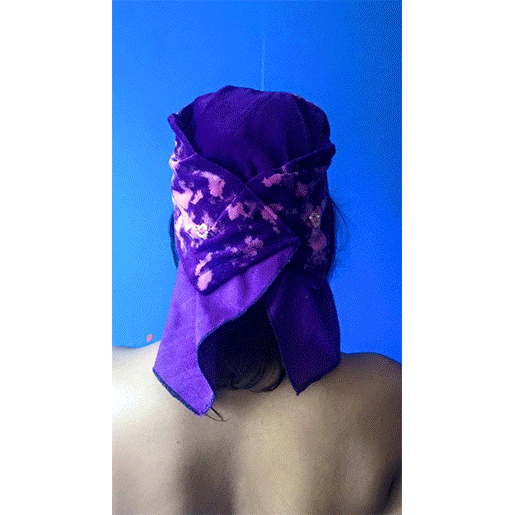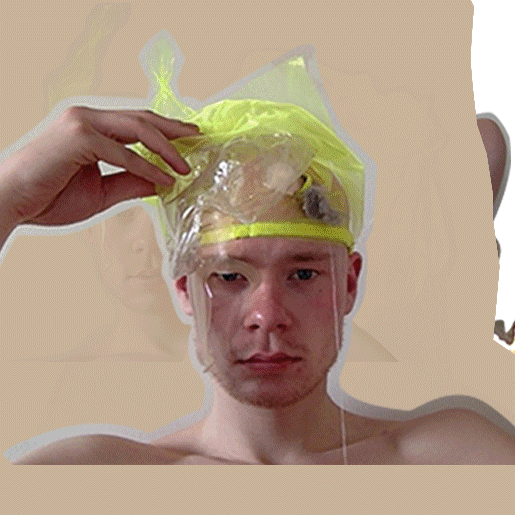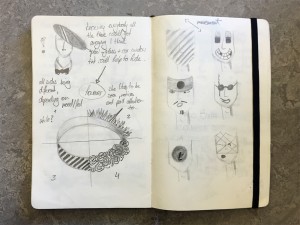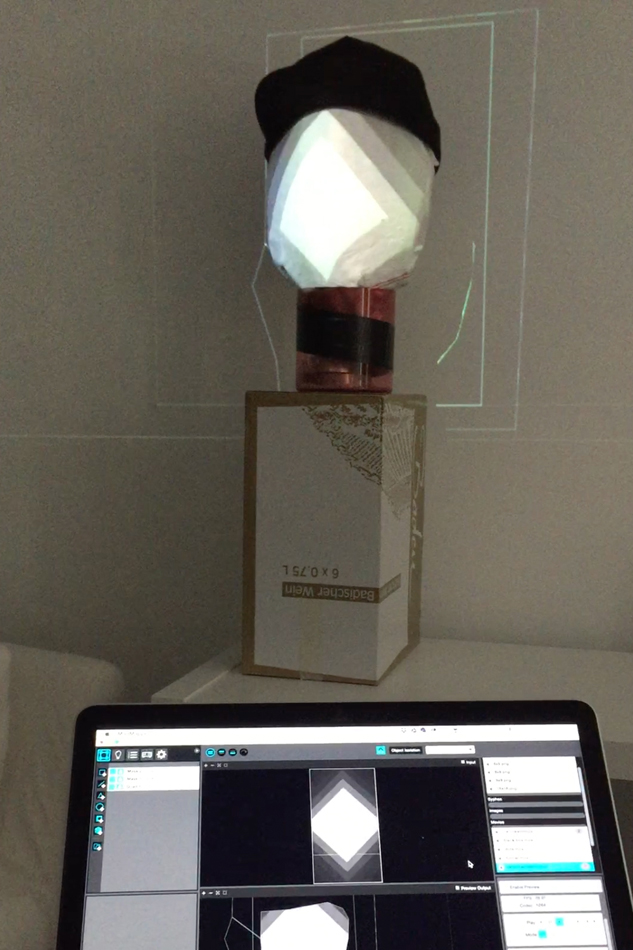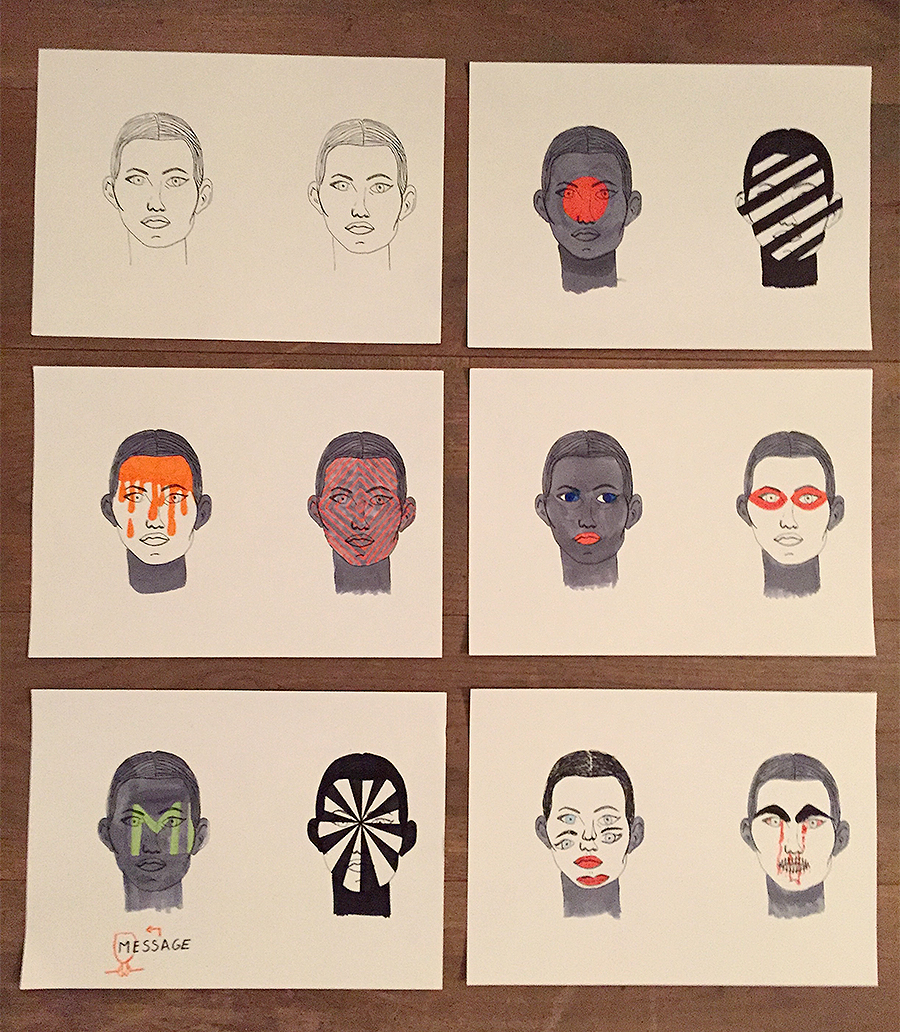Spaces in Between
Unsorted, disarranged, unorganised library, full of elements placed according to different components, which have an order or perhaps do not have it at all, just existing in an unrestricted randomness. Which ironically speaking could actually be seen as the same thing, since a lack of order is also an order in itself. Chaos with a clear beginning and ending kind of like a bad book. What exactly did I find there…? Big books, small books, orange, white, shiny, mat, hard, soft, precious, forgotten, books that are filled with content, wedding books. Books of a specific nature, books that are about nothing at all, ones that wait for attention and ones nobody cares about. Art books, design, educational, pointless, and sharp and blunt, basically all you can find in a library. I was asked to find a solution for the lack of structure in their position on the shelf. So the primary question that I am asking myself is; what is the point of doing it at all? Of course the obvious reason would be the easy access to the content, otherwise lost in the madness of disorganisation. However, I still struggle to understand why to bother ourselves with creating this specific order, if in the end it is still the same amount of books in the same space? Somehow I think this action is irrelevant, especially if we put so much effort into creating a puzzle that can be made in an infinite amount of ways… according to any system that a specific person would find attractive or interesting (depth weight, etc).
In the name of captivation and curiously-provocative passage, I am trying to crack this system of easy predictable result, which in my opinion is rather obvious to foresee if you limit yourself by the boundary of an actual shelf. Instead of doing that I would rather step out of this radius. The concept that I tried to create is aiming to expand the perspective on how we view the book. What is a book actually? In short, it is a box of content pocket size captured by the single pages glued together, now isn’t that somehow equal to the very idea of a book shelf, in which many different books are aligned in the same way as the pages, however this time at a larger scale of information? Somehow I believe it is possible to see these systems as parallel ones. If a thousand books make a library; then, so to a thousand pages, and further, a book can also be seen as a pocket size bibliotheca.
The establishment of the fact that from now on, one copy can stand on its own, gives me the possibility of putting in on a pedestal and seeing it as something autonomous, in other words, let’s give the books the space that they deserve. There is no reason why they should be kept together in one place since in the end it’s just creating a bigger chaos. Let us treat books as unique objects instead of piling them on top of each other. As absurd as this sounds, to create an order you have to separate everything from each other and never put them back together again.
For my next step, I have chosen ten books from the shelf that I eventually turned into their own autonomous libraries, spread all over the city; one book for one building. I did this by searching for the places that seemed to me as the right environments for the books. The main question that I had to ask myself, is how do I decide what aspect of the book should be the main criteria for the location, the physicality or the content. Not to leave it too vague, by physicality I mean the literal materiality of the book and where it could fit in the space of a building, so in the end it seems as the space was designed for the book and not reversed. In this case of preciseness, the dilemma of leaving the content out of the picture was not so disturbing anymore. However, after I found the main foundation that would determine the way of approach, I decided to take it further and only use the fore edge of the books (opposite side to the spine), which presents it as more of an anonymous object rather than a work.
The result of this practice was the creation on ten completely autonomous bibliothecas, in ten different buildings. This created a situation in which a book stopped being a book, but rather a body living in perfect symbiosis with the surrounding environment.
